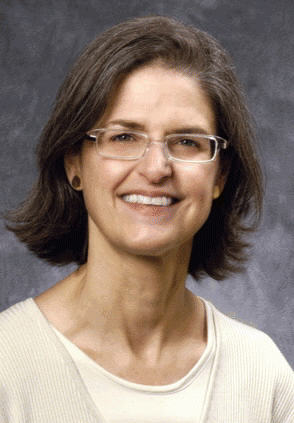OK-432 also appears to be safe. We’ve done dozens and dozens of procedures with OK-432 and never had a complication due to its use, explained Dr. Kerschner.
Explore This Issue
June 2009More than 400 of these procedures have been done in the United States in the past 15 years, added Dr. Bauman.
 The French study looks promising, but we don’t have enough data to make propanolol a first-line drug.
The French study looks promising, but we don’t have enough data to make propanolol a first-line drug.-Elaine C. Siegfried, MD
Sclerotherapy may sometimes be used in conjunction with surgery. For example, physicians can use OK-432 in especially large lesions to reduce their size, making surgical resection easier, noted Dr. Kerschner.
Additionally, using sclerotherapy to treat especially large LMs that partially obstruct the airway may make borderline airway obstruction worse, and tracheotomy may be temporarily necessary, noted Dr. Smith.
In general, OK-432 appears to be more effective in achieving resolution of macrocystic LMs than other sclerotherapy agents, said Dr. Kerschner.
Most studies of doxycycline for treatment of LMs have included small numbers of patients and are retrospective, noted Dr. Smith. What would be really interesting is to organize a multi-institutional sclerotherapy study, with half the patients receiving OK-432 and half receiving doxycycline, he said, adding that the two drugs probably work differently. Whereas OK-432 is an immunostimulant that causes the body to attack the inner lining of the LM, the mechanism of doxcycline is poorly understood, and it may act more as a direct irritant, he said.
One advantage of doxycycline is that it is easier to obtain than OK-432, which requires enrollment in a clinical study. Most people aren’t willing to jump through the hoops of pre-study and post-study work, noted Dr. Smith.
The most recent data from the OK-432 Collaborative Study Group (Laryngoscope 2009;119:107-15) concluded that OK-432 immunotherapy is an effective, safe, and simple treatment option for the management of macrocystic cervicofacial lymphatic malformations.
The group conducted a prospective, randomized, multi-institutional, phase II clinical trial at 27 U.S. academic medical centers between January 1998 and November 2004. One hundred seventeen patients were randomized into immediate or delayed treatment groups, and 34 patients were assigned to an open-label group.
Treatment consisted of up to four intralesional OK-432 injections (0.2 mg per injection) delivered at eight-week intervals. Some children would respond well to just a single injection, especially for macrocystic lesions comprised of a single large cyst like a water balloon under the skin, said Dr. Smith, who was one of the study authors.
Leave a Reply